Workhouse Memories
Although official records tell us much about workhouses, they can never convey what it was actually like to be in one. The personal recollections of inmates or members of staff who worked there often paint a vivid picture of the sights and smells and sounds of the place, and the people who inhabited its walls. Some of these recollections below are from well-known names such as Charlie Chaplin, the MP Will Crooks, and Henry Stanley (or Dr Livingstone fame). Others are from ordinary people for whom their time in the workhouse left indelible memories.
If you, or someone you know, has workhouse recollections they would like to share, please get in touch.

|
Anonymous Indoor Paupers was published anonymously in 1885 by "One of Them". It presents a unique first-hand account of time spent in a London workhouse and how the institution really operated, in contrast to the conventional image of workhouse inmates being wholly oppressed and submissive. (more...) |
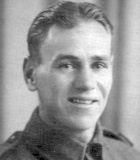
|
John Cecil Austin In 1915, John Cecil Austin was taken into the Steyning Union workhouse, and later transferred to the Union's children's home at Shoreham, then known as St Wilfrid's, where he stayed until 1927. His memories provide a revealing insight into life in the establishment. (more...) |
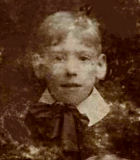
|
Charles Burgess In 1919, following the sudden death of his father, seven-year-old East-ender Charles Burgess and his sister were placed in the Shoreditch Union's children's homes at Hornchurch. His recollections from that time provide an amazingly detailed portrait of life in the homes. (more...) |
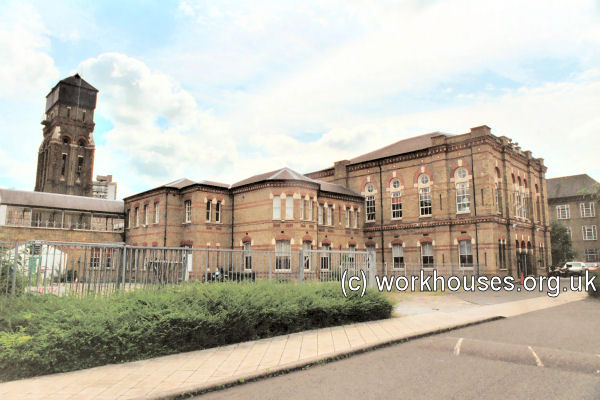
|
Charlie Chaplin In 1896, Charlie Chaplin, together with his brother Sydney, were briefly residents of the Lambeth workhouse where their mother was an inmate. They were then transferred to the "Cuckoo Schools" at Hanwell where Chaplin stayed from June 1896 to January 1898. (more...) |
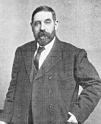
|
Will Crooks Will Crooks came from a poor family in Poplar where at the age of eight he briefly spent some time in the workhouse and at a poor law school. From these beginnings he went on to become Chairman of the Poplar Board of Guardians, Labour MP, and Mayor of Poplar. (more...) |
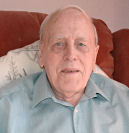
|
Arthur Crouch Almost from the day he was born in 1921, Arthur Crouch was in and out of the Salisbury (formerly Alderbury Union workhouse). He recalls the toughness of his life there eighty years ago. (Listen to Audio clips) |
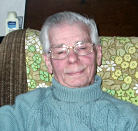
|
William Golding In 1925, four-year old William Golding and his mother entered the Stockbridge workhouse in Hampshire. He was later placed in the Southampton Union's children's homes where he spent the following ten years. (Listen to Audio clips) |
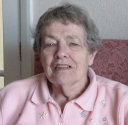
|
Beryl Johnson In the 1930s, Beryl Johnson's parents were master and matron of several former workhouses, by then known as Public Assistance Institutions, in the West Riding of Yorkshire. She has particular memories of the Dewsbury institution. (Listen to Beryl's memories) |

|
Laurie Liddiard In 1929, the Master of Abingdon workhouse approached a local school for a pupil to train as workhouse clerk. The boy selected was 14 year old Laurie Liddiard. (Listen to Audio clips) |
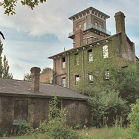
|
Len Saunders In around 1929, four-year-old Len Saunders arrived at the Croydon workhouse to begin nine years of hard work in the laundry, beatings, and abuse. Over sixty years later, many of his memories are still too painful to recount. (Listen to Audio clips) |
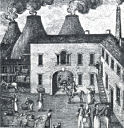
|
Charles Shaw Charles Shaw was born in 1832 at Tunstall in the Potteries. In 1842 his father lost his job after participating in a strike and for a few weeks the family were forced into Wolstanton & Burslem union workhouse at Chell. Material from Shaw's autobography was made use of by Arnold Bennett in his novel Clayhanger. (more...) |
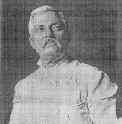
|
Henry Morton Stanley In 1847, five-year old orphan John Rowlands was deposited at St Asaph workhouse. He finally escaped in 1856 and ran away to sea. In the USA, he adopted the name Henry Morton Stanley and, as a journalist for the New York Herald, tracked down missing explorer Dr David Livingstone, greeting him with the famous words "Dr Livingstone, I presume?" Stanley's autobiography tells of the often violent treatment he was subjected to in the workhouse. (For more see St Asaph page.) |
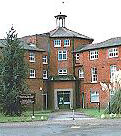
|
Margaret Joan Wells-Gardner Margaret Joan Wells-Gardner grew up in the Lexden and Winstree Workhouse in Essex where her parents were Master and Matron. Ring in the Old, her memories of daily life, provide a fascinating insight into life in the workhouse in the first part of the twentieth century. |

|
W.H.R. From the age of seven, in the late 1850s, "W.H.R." was an inmate of a London workhouse (probably Greenwich) and later graduated to the large district school run by South Metropolitan School District. His graphic portrait of life in the two establishments appeared in the Poor Law Board's Annual report in 1874. (more...) |
|
Other Recollections
A variety of other reminiscences can be found on the web pages for:
|
|
Unless otherwise indicated, this page () is copyright Peter Higginbotham. Contents may not be reproduced without permission.


